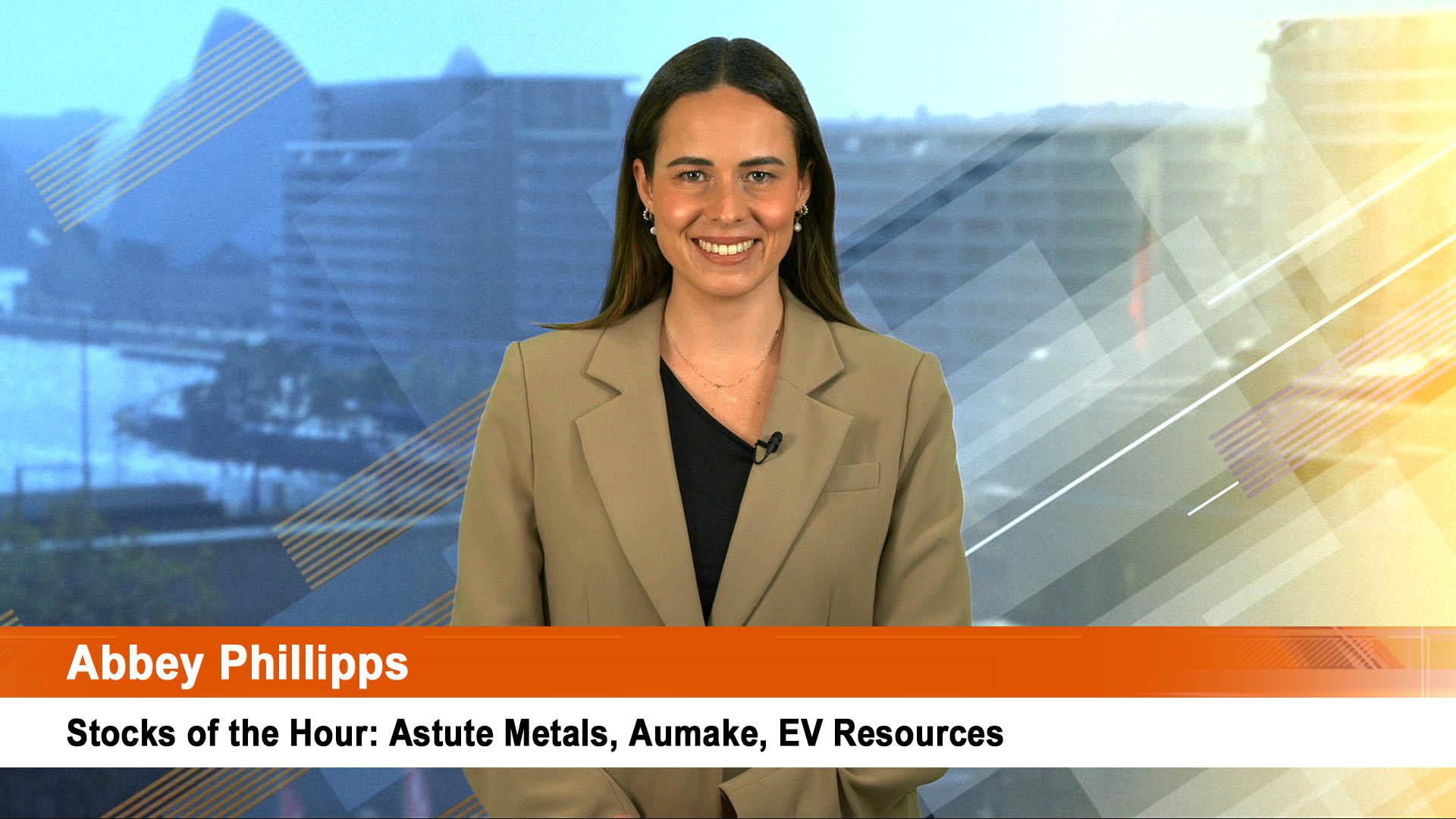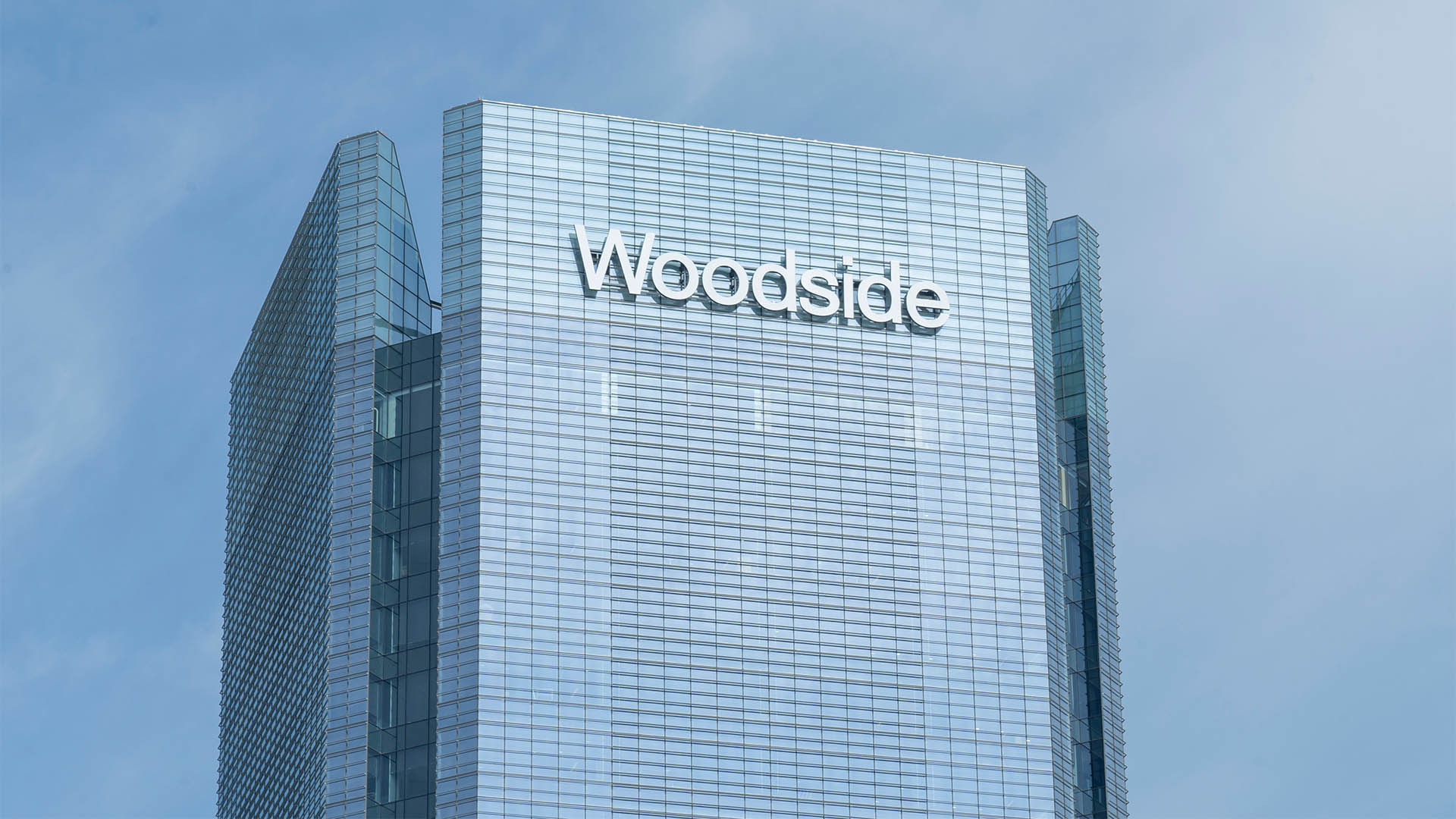
More definite signs the Australian labour market is on the improve, with job ads in August registered by the ANZ Bank and the Olivier employment group, both showing the first upturn in more than a year.
The total number of jobs advertised rose 4.1% in August to an average of 130,326 per week, according to the ANZ Bank’s monthly survey.
As well, figures out yesterday showed the construction sector continuing to improve, just as manufacturing and services did in August.
The ANZ said newspaper ads rose 5.5%, while internet ads grew by 4%.
August’s rise followed a fall of 1.7% in July. It was the first rise since April 2008 and the strongest monthly growth since December 2007, when the credit crunch was gathering strength.
August’s total was still down 48.1% from a year ago.
The ANZ said used phrases like "turning point" in what was an upbeat commentary.
The market liked the news, or rather currency traders did.
The dollar rose back over 85 US cents to around 85.60, the highest it has been for a year.
The Olivier Job Index, (which tracks positions vacant ads on commercial job sites) also rose 2.43% in August, the first real growth since May 2008.
"These data provide the best evidence we have received to date that the labour market – and the economy more generally – are about to enter the recovery phase of this downturn," said ANZ acting Chief Economist Warren Hogan in a statement.
But the monthly ad total, though, remain far below the level of a year ago, off about 48%.
"Most states experienced increases in newspaper job ads in August with Victoria (-15.2%) the only state to experience a fall.
"New South Wales (+24.1%) experienced the largest rise in percentage terms, followed by Western Australia (+10.2%), South Australia (+9.3%), the Northern Territory (+9.2%), the ACT (+7.8%), Tasmania (+4.3%) and Queensland (+1.2%),’ the ANZ reported.
"The number of job advertisements in major metropolitan newspapers increased by 5.5% in August to an average of 8,613 per week.
"The number of internet job advertisements grew 4% to average 121,713 per week, and were 48.4% lower than 12 months earlier."
Some economists see the ANZ’s figures in particular as a forward indicator of what happens in the monthly labour force figures. The August figures are out on Thursday.
"Looking further ahead, today’s numbers confirm our optimism that the pace of decline in employment will not be as severe as envisaged six months ago," the ANZ’s Mr Warren said.
"Australian economic activity has been remarkably resilient in recent months, particularly in some of our largest employing industries such as retail trade, health services, government and construction."
The ANZ sees the jobless rate peaking at 7.25%, compared with the current figure of 5.8%. Some economists expect a small rise to 5.9% in Thursday’s release of the August figures.
Mr Hogan said that so far in this downturn, "the Australian labour market has been affected by cuts to hours instead of to employment, resulting in underemployment rather than unemployment (that is, employers have cut back on staff working hours rather than reducing their overall headcount).
"Indeed, the main driver of increasing unemployment has been rapid growth in the labour force due to strong population growth and high levels of participation.
"Once the recovery commences, this process is likely to happen in reverse, with work hours for existing employees creeping up again first, before total employment numbers begin to grow. It may therefore take some time to see sustained net job growth.
"In the near term, we expect to see some continued deterioration in the labour market, due to the very low level of demand for new labour, some residual job shedding and continuing strong growth in labour supply.
"Despite today’s improvement in the ANZ job ads series, we still expect employment to fall by around 15,000 in August and the unemployment rate to rise to 6%, when the ABS releases its labour force numbers for August this Thursday.
"Looking further ahead, today’s numbers confirm our optimism that the pace of decline in employment will not be as severe as envisaged six months ago. Australian economic activity has been remarkably resilient in recent months, particularly in some of our largest employing industries such as retail trade, health services, government and construction.
"Furthermore, the rebound in business investment (up 2% in Q2) and good growth rates across most domestic industries in last week’s national accounts indicate that some of the main sources of downward pressure on labour demand are now easing.
"In particular, Australian manufacturing, which saw job cuts of 76,500 in the year to May 2009, experienced growth in real output in Q2 (+0.7%) for the first time since last June."
And the Performance of Construction Index rose 2.9 points to 42.4 in August from July, still in negative territory, but the thaw continues.
The survey by the Australian Industry Group and Housing Industry Association released in Sydney showed continuing tight activity in the sector.
A measure of engineering demand dropped 3.2 points to 31.8 in August; another measuring apartment building surged 15 points to 44.4 and commercial construction gained 1.3 to 39.6.
Demand for houses rose 0.6 points to 52.5.
Last we













